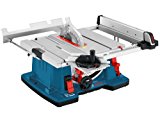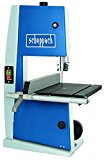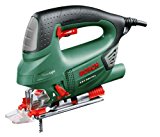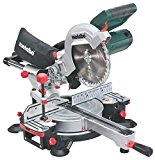Petrol chainsaw purchasing advice: how to choose the right product
- What you need to know
- A petrol chainsaw is suitable for rough cutting work in the garden as well as in forestry and crafts.
- The chain runs around a guide bar (the guide bar) and thus makes the cut.
- A good petrol chainsaw is characterised by a handy design, good cutting performance and a large tank capacity.
- When using a petrol chainsaw, users should wear protective clothing and follow the manufacturer’s safety instructions.
Petrol chainsaws: Powerful and versatile
If the cordless chainsaw is not powerful enough for necessary work in the garden, it is advisable to buy a petrol chainsaw. This is particularly powerful and therefore suitable for cutting hardwoods (such as maple, beech, oak or cherry) as well as logs with large diameters. In addition, a petrol chainsaw works without a cumbersome power cable: the user is therefore independent of location and also benefits from a high degree of freedom of movement.
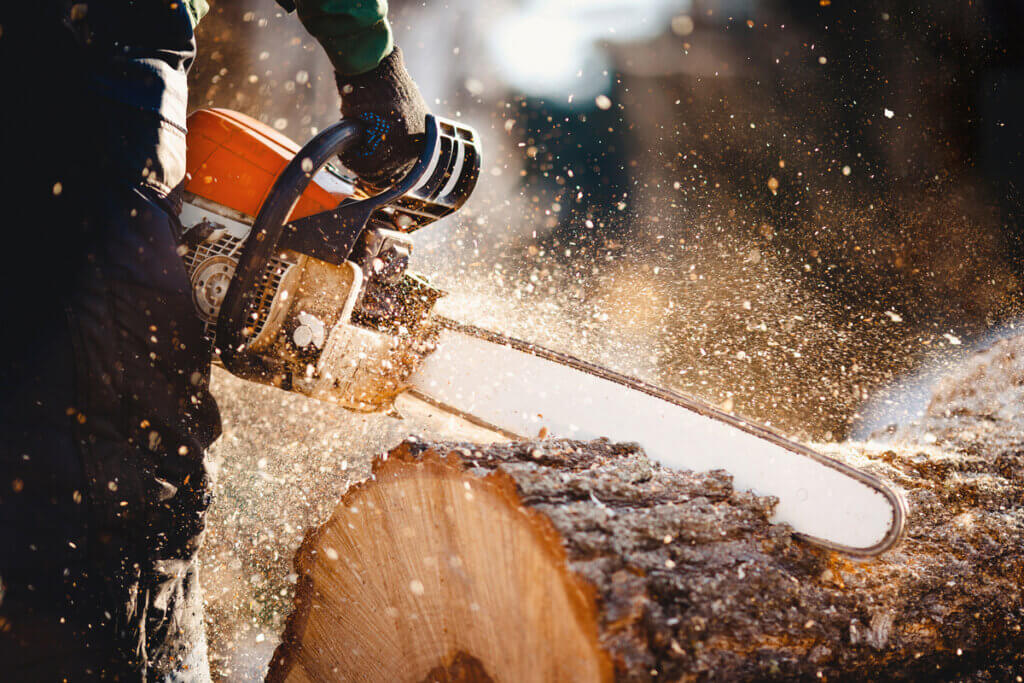
The different types
Although the range of battery-powered chainsaws is very extensive, petrol chainsaws are still very popular. An overview of the advantages and disadvantages of petrol chainsaws can be found here:
Advantages
- Very powerful
- Long runtime (no dependence on batteries)
- Can be used everywhere
- Much freedom of movement (no cable)
- Low petrol consumption
Disadvantages
- Heavier than cordless chainsaws (motor, tank)
- Produces exhaust fumes and odours
- Very loud
Passionate gardeners and DIY enthusiasts who have decided to buy a petrol chainsaw can choose between two different variants:
Petrol chainsaws with two-stroke engine
The vast majority of petrol chainsaws available on the market are equipped with a two-stroke engine. This is powered by a mixture of petrol and oil, which fulfils two functions: It drives the engine and provides constant lubrication so that the engine does not corrode. Petrol chainsaws with two-stroke engines are somewhat lighter than models with four-stroke engines. Because of their low weight, two-stroke engines are also used in lawn mowers and brushcutters. However, petrol chainsaws with two-stroke engines produce more exhaust fumes than saws with four-stroke engines – so the pollution level is higher.
Petrol chainsaws with four-stroke engines
Petrol chainsaws with four-stroke engines are not yet very common in the trade. Yet they have a lot of advantages to offer, because they are not only more powerful than devices with two-stroke engines, but they also emit less exhaust fumes. Especially users who want to work on very hard or thick wood make the right choice with a petrol chainsaw with a four-stroke engine. As the name suggests, four-stroke engines work in four cycles:
- Intake stroke: Suction of the fuel-air mixture.
- Compression stroke: Compression of the mixture by the engine piston.
- Power stroke: Ignition of the mixture, thereby developing the engine’s power.
- Fourth stroke: emission of exhaust gases
However, petrol chainsaws with four-stroke engines also have disadvantages compared to models with two-stroke engines: they are heavier, more expensive and have more moving parts, making them more prone to malfunctions and defects.
A possible alternative to the petrol chainsaw with a two- or four-stroke engine is the cordless chainsaw. It is lighter, but not as powerful as petrol-powered devices. In addition, users have to take a forced break when the battery is empty, unless they have a charged spare battery at hand. With a petrol chainsaw, the user simply refills the tank when needed and continues working without a longer interruption.
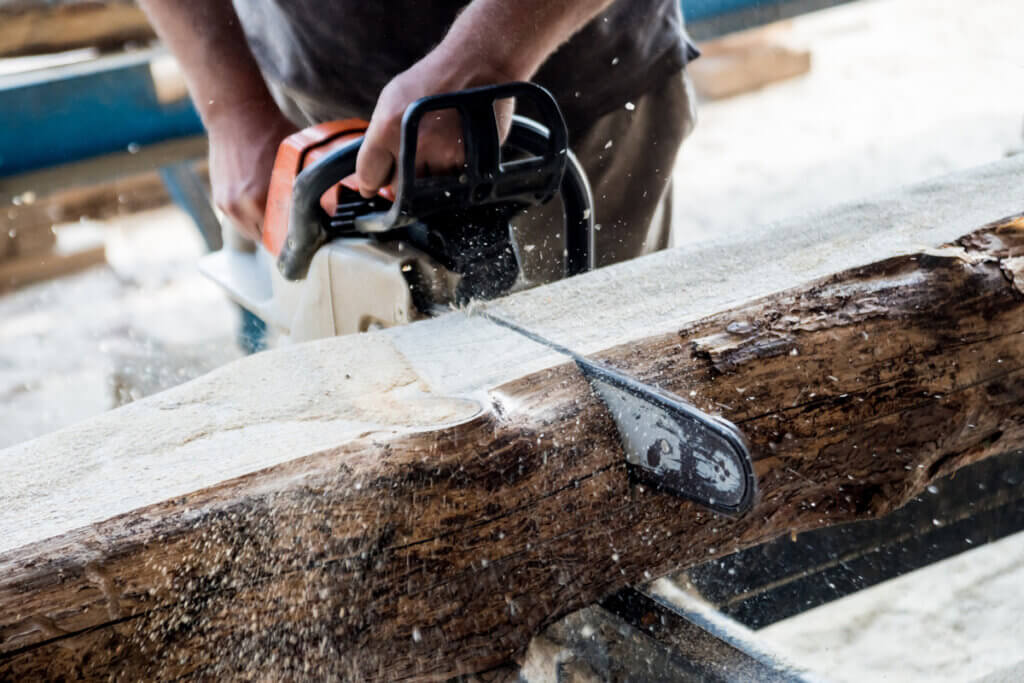
Chainsaws with hydraulic or pneumatic drive are primarily used in the professional sector. They are very powerful and can also cut concrete, for example. They are not intended for leisure use – not least because the purchase price is very high.
What matters when buying
The range of petrol chainsaws from different manufacturers and with different features is very extensive. Buyers should therefore carefully compare the manufacturers’ specifications to find a saw that meets their own requirements. The following aspects are particularly important.
Power and displacement
The power and displacement of a petrol chainsaw are directly related: the larger the displacement, the higher the power that can be called up. However, the weight of a petrol chainsaw also increases with the power. So buyers have to find a compromise here: The chainsaw must be suitable for the intended purpose without weighing too much. This is the only way to ensure comfortable handling. The issue of safety also plays a major role in this context, because only a chainsaw that can be controlled by the user at all times is really safe.
Relationship between power and bar length
The bar length of a chainsaw is always proportional to the engine power: the longer the bar, the more powerful the engine must be.
The tank volume
The tank of a petrol chainsaw should have a sufficiently large filling volume to avoid fuel breaks. Here, too, it should be noted that a large tank goes hand in hand with increased weight. Users who want to use their petrol chainsaw primarily for smaller jobs that require little time can therefore safely opt for a device with a smaller tank.
The bar length
The length of the guide bar of a petrol chainsaw always indicates the length of the cut. Since the guide bar protrudes a little into the engine compartment, the cutting length is about five to seven centimetres less than the guide bar length. If the blade length is 50 centimetres, for example, the saw is suitable for workpieces with a maximum thickness of 43 to 45 centimetres. Workpieces that are thicker can only be cut through in several steps.
Ease of use
Buyers of petrol chainsaws should also consider the ease of use when making a purchase decision. The following features have a positive effect on user-friendliness:
- Automatic chain lubrication
- Side chain tensioner for quick retensioning
- Vibration damper
- Quick-start aid
- Ergonomic, non-slip handle
Safety
A high-quality petrol chainsaw meets the most modern safety requirements. One important feature, for example, is the throttle lock, which ensures that the saw does not start accidentally as soon as pressure is applied to the throttle. A chain brake is at least as important: it prevents the chain from being driven further if the saw jams in the wood. In this case, the tree claw also plays an important role. This is a metal bar with teeth that is mounted on the motor housing and ensures that the saw does not get stuck in the wood.
Dimensions and weight
As already mentioned, the engine power and tank size affect the size and weight of a petrol chainsaw. The weight of commercially available models in particular can therefore vary greatly. Casual users who want to use the saw for smaller jobs in the garden will make a better choice with a handy, lightweight device. For sawing hard, thick wood, on the other hand, a heavier model is more suitable.
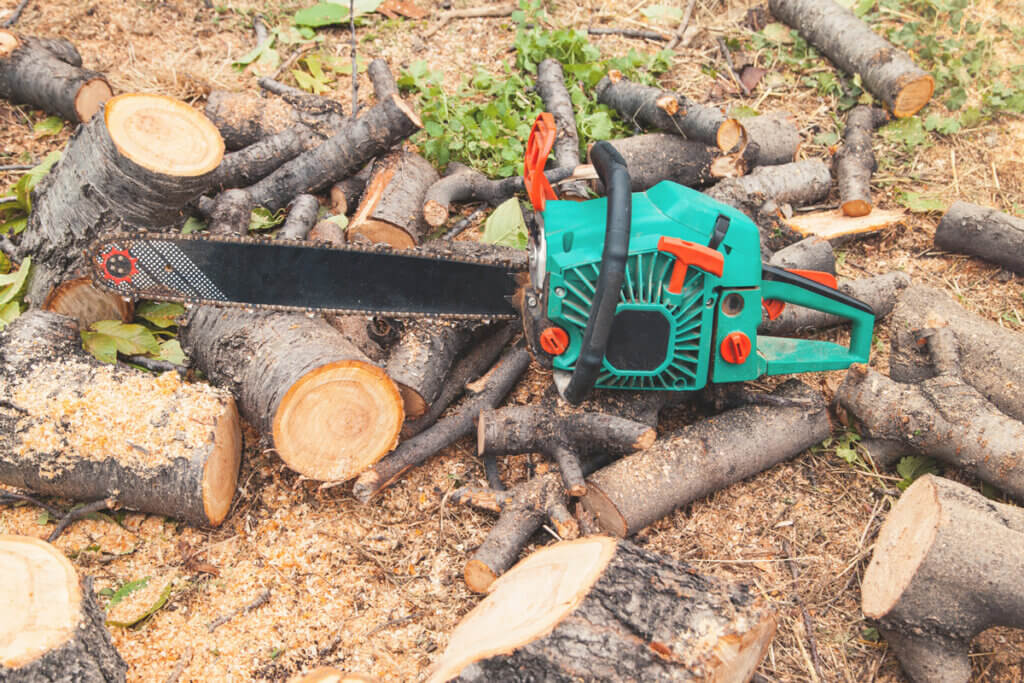
Notes on use and care
The petrol chainsaw is a heavy tool, and there are a few tips and rules of conduct that need to be taken into account when using it. Buyers can find out more about the care, maintenance and use of petrol chainsaws below.
Care and maintenance
Care and maintenance of a petrol chainsaw should always be carried out with the engine switched off. Ideally, the saw should be equipped with a throttle lock to prevent it from being switched on accidentally.
Tension the chain regularly
Especially after intensive work such as cutting hardwood, it is advisable to retension the chain. Many models have a wheel on the side of the housing for this purpose. The chain can be retensioned in a few simple steps and without additional tools. An optimally tensioned chain is of great importance, because a loose chain easily jumps off the guide bar.
Sharpen the chainsaw regularly
If the chain is blunt, the chainsaw gets stuck in the wood more quickly. Regular sharpening is therefore essential. It can either be done by a professional or you can do it yourself with the right tools. Users can sharpen the chain step by step with a round file that is inserted between the teeth at a certain angle. A special file holder that ensures the correct angle is maintained makes this work even easier.
Clean the air filter
If the sawing performance of the petrol chainsaw decreases, this is often due to a clogged air filter. Many filters can be removed in one easy step and then cleaned under running water. Once the filter is completely dry, users can replace it and continue to use the petrol chainsaw as usual.
Cleaning and lubrication
After each use of the petrol chainsaw, all moving parts must be cleaned. This also applies to the chain and the guidebar. This way, the saw is always ready for use and the life of the tool can also be positively influenced in this way. Wood residues can be removed well with a soft brush, while the chain is best lubricated with a suitable oil. A good option are multifunctional sprays that clean the chain and oil it at the same time. Afterwards, the petrol chainsaw should be stored in a dry place.
Safety first: Wear protective clothing
For private individuals, protective clothing is not compulsory when using a chainsaw, but it is highly recommended. Good protective equipment includes the following elements:
- Helmet
- Hearing protection
- Protective gloves
- Cut protection trousers
- Protective jacket
- Safety shoes
Ideally, the protective gloves, cut-protection trousers and protective jacket are made of a special fibre-reinforced material. If there is accidental contact between the saw and the material, fibres will come out and immediately block the chainsaw. Safety shoes should have a non-slip sole, toe caps and ankle protection.
The right petrol
Most petrol chainsaws have a two-stroke engine powered by a mixture of oil and petrol. This mixture is available ready to use. Alternatively, users can mix the petrol themselves, provided they follow the exact mixing ratio specified by the manufacturer. However, home-mixed fuel does not last indefinitely: many manufacturers point out that the mixture should not be older than 14 days to ensure proper functioning of the saw. The recommended oil is a two-stroke oil. Normal engine oil, such as is used for cars, is not suitable for petrol chainsaws.
When refuelling, owners of petrol chainsaws are best advised to use an oil binding mat: if fuel or oil is spilled, it cannot seep into the ground and thus into the groundwater. It is also advisable to use a canister with a safety filler neck. Important: Do not smoke when refuelling. In addition, users should never refuel the petrol chainsaw near an open fire. The engine must be switched off and cold during refuelling.
The first steps
Users who are holding a petrol chainsaw for the first time should first familiarise themselves thoroughly with the device and carry out some dry runs. To do this, they should take the saw in their hands with the engine switched off and try it out on the wood to get used to the weight and balance. Even when the motor is running, move the saw very slowly at first. Avoid distractions at all costs.
Safe handling thanks to a chainsaw licence
For professional use, use in public forests or forestry areas and on third party land, a so-called chainsaw licence is obligatory, which consumers receive after attending a course. People who only use their chainsaw privately in their own garden do not necessarily need one, but it is highly recommended for their own safety. In the course for a chainsaw licence, participants learn important details about the chainsaw and how to use it safely, such as maintenance, the required protective clothing and compliance with safety regulations. With the knowledge they acquire, they reduce the risk of accidents by up to 90 percent.
Six tips for proper use
The following six tips can make it much easier for consumers to use a petrol chainsaw:
- Tip 1: Always hold the chainsaw firmly with both hands on the handles provided.
- Tip 2: Always guide the chainsaw close to the body to maintain balance. It also makes the saw feel lighter.
- Tip 3: Always ensure a secure stance: the legs are slightly apart, the feet are slightly offset.
- Tip 4: Never saw overhead with a chainsaw.
- Tip 5: Use a sawhorse so that the cut material is properly supported and cannot slip.
- Tip 6: Even when travelling short distances, switch off the engine or activate the chain brake. When transporting over longer distances, fit the chain with a bar guard.
Additional safety precautions
Observing safety precautions is extremely important when using a petrol chainsaw to avoid accidents and injuries. Users should therefore read and carefully follow the manufacturer’s safety instructions. For example, the following questions are answered in the operating instructions:
- How is the saw operated correctly?
- How is fuel filled up correctly?
- What should be observed when mixing fuel?
- How to deal with spilled fuel?
In addition, there are some notes to be taken into account with regard to the work area: The work area should be as clear and tidy as possible. Objects lying around increase the risk of tripping and thus the risk of injury. Adequate lighting is at least as important. Since sparks can occur when using a saw, there should be no explosive substances or easily flammable materials in the vicinity.
Keep children and pets away from the work area. Other people should also keep at least two metres away – especially if they are not wearing protective clothing. Furthermore, chain saw owners should not use the tool while under the influence of medication or alcohol. Distractions of any kind should be avoided. However, users of a petrol chainsaw should not be completely alone. Instead, it is advisable that at least one person is always within calling distance so that they can be on hand immediately in case of problems or accidents.
Image 1: © Parilov / stock.adobe.com | Image 2: © romaset / stock.adobe.com | Image 3: © andranik123 / stock.adobe.com

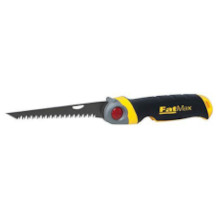

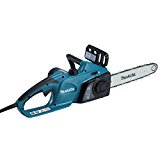
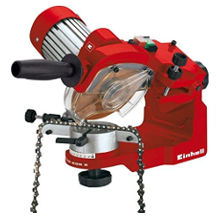

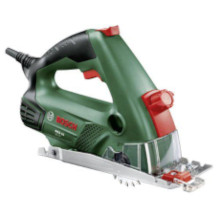
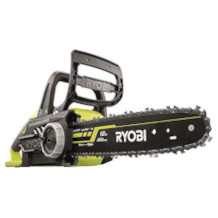
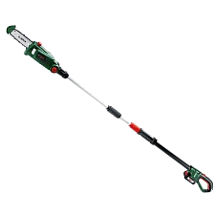
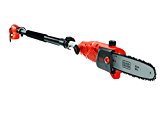

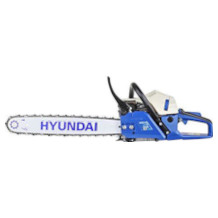

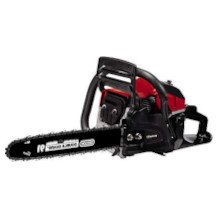
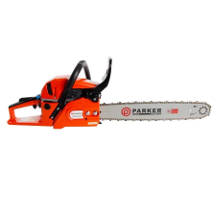
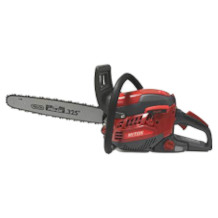
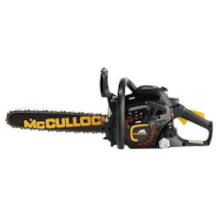

 1,653 reviews
1,653 reviews



